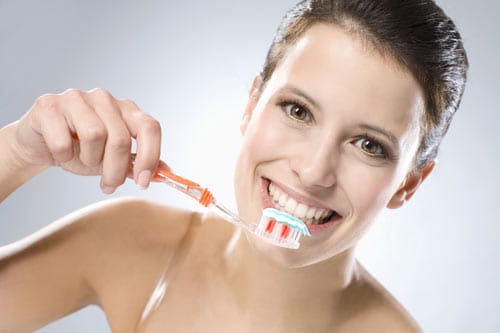Setting up your own dental practice comes with a number of responsibilities; from getting local zoning and building permits, to complying with state and federal laws.
Opening a dental practice isn’t just about providing clinical dentistry, but also making key business decisions and being able to run this business including looking after your staff.
Here’s how you can get started with your own practice.
1. Set up the business/make a business plan
Probably one of the trickiest parts for dentists as this will feel very different to clinical work! Decide on your business structure, by looking at what registration requirements are needed for the area you want the practice to be and be aware of tax and insurance requirements.
You will also need to secure funding for your business, for example by securing a business loan or creating a business partnership with another person or organization. For this funding you will probably need to present a business plan with your plans, funds needed, expected market and potential turnover to show to lenders.
You might have other ways of funding your business, for example, from family or friends, or selling of other assets and this might enable you to fund the practice without getting yourself or your business in debt - but setting up a dental practice is not a small sum of money and often, business loans are needed.
2. Decide on location
Decide on where you would like the practice located, for example is there an area that is underserved by other dental practices, is there parking for patients, are there other facilities nearby and what space is available for the practice itself.
3. Design the practice
Are you going to build a brand new practice, or convert a premises, or lease existing space? These will all depend on where you would like the practice, what is already available and what funds you have to set up the business.
Buildings will have to fulfill certain standards e.g. OSHA standards, and be designed with enough space for the dental surgeries, reception area, staff area, decontamination and radiographic facilities. There will also be requirements to follow cross infection control measures.
4. Get Equipment
Are you planning on purchasing new equipment, leasing equipment or buying used equipment from other practices? Each option will come with associated costs and other considerations such as ongoing maintenance costs or warranties. Equipment that is going to be used a lot with a lot of wear and tear might be better to buy new with warranties/maintenance costs included, such as x-ray equipment, with other expensive equipment which would be used less leased e.g. intra-oral scanners.
5. Hire staff
Once you have made progress with the above, it will be time to hire the relevant staff and provide staff training. You must abide by OSHA requirements and ensure all staff are compliant with these standards e.g. immunisations, criminal records check, registration with regulators.
Hiring the right staff can be tricky so ensure you get like-minded individuals on board from the beginning and ensure the practice is able to provide the appropriate training and management of all staff members.
For those looking to find out more about setting up a dental practice, the ADA has further information.






Was this article helpful?
If you’d like a response, Contact Us.